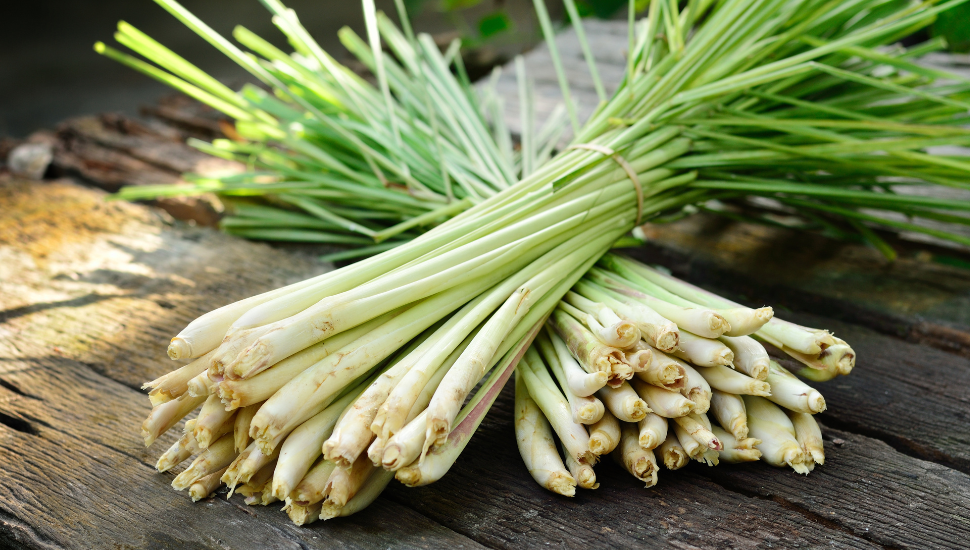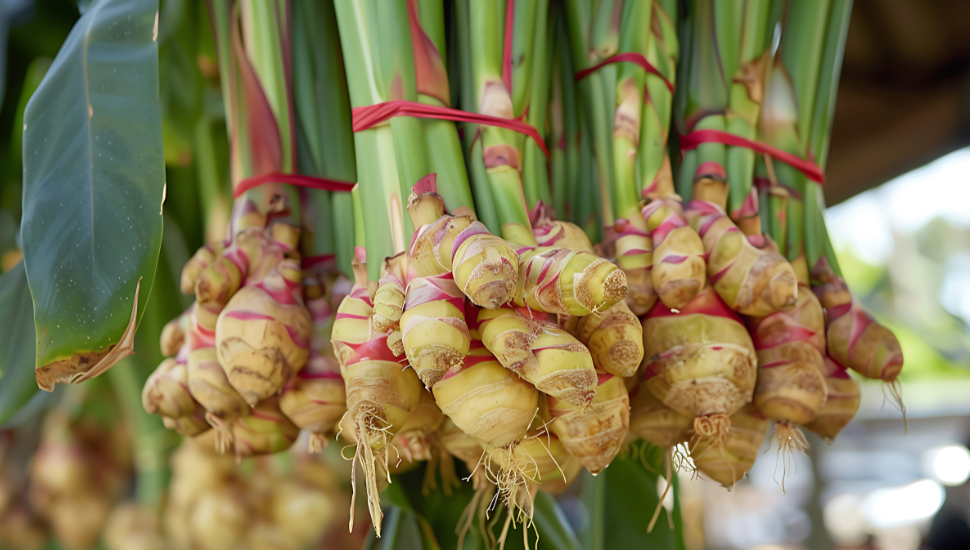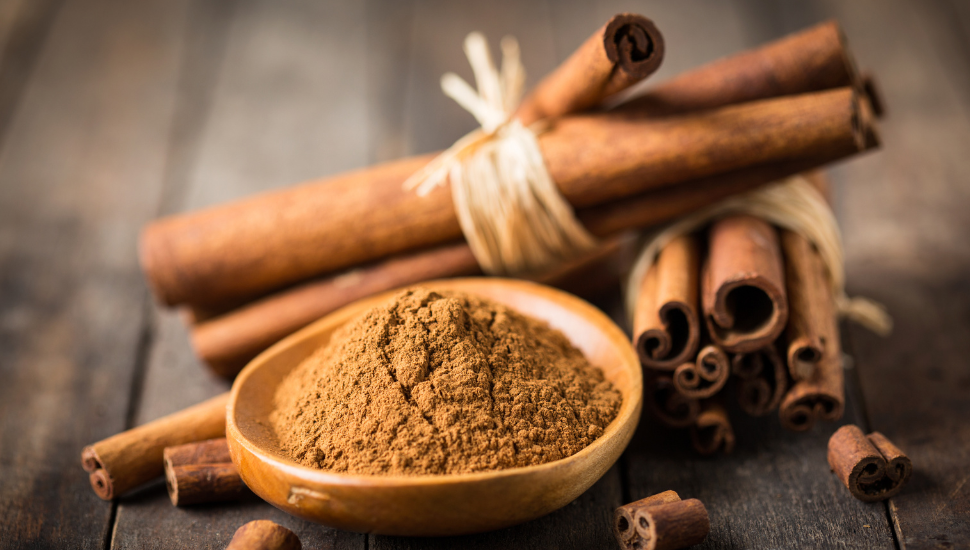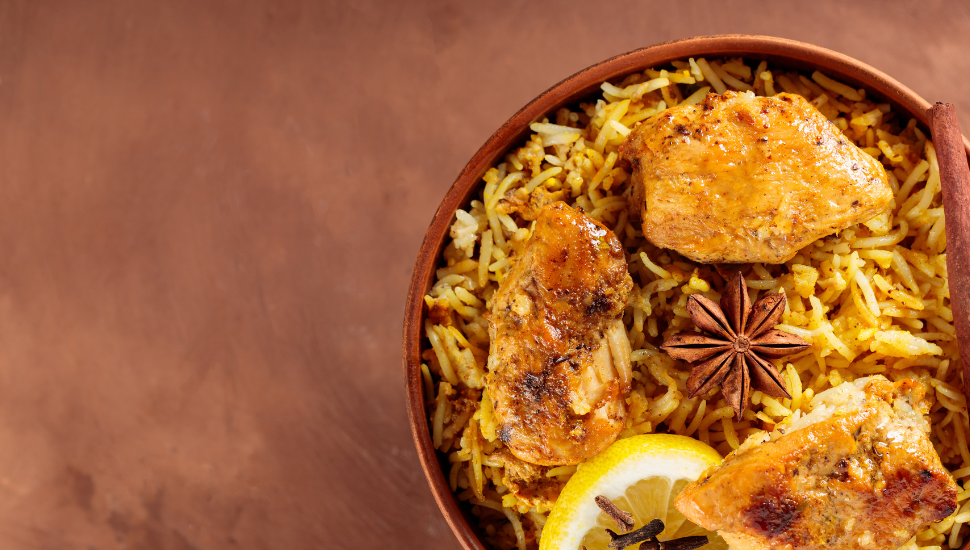A Culinary Journey Through the Spices of Southeast Asia
Understanding Southeast Asia’s many thrilling spices will help you draw even more pleasure from your food experiences in this captivating region - and give you the vocabulary to impress your dinner companions!
If you didn’t adore Southeast Asian cuisine before visiting the region, you probably will by the time you board your plane home.
Indeed, breakfast, lunch, dinner - and in-between street food snacks - may well become as anticipated as the temples, palaces and beaches you’ll explore this intoxicating part of the world.
At the heart of the region’s rich and aromatic cuisine is a clutch of potent spices - flavourings from seeds, bark, fruits, rhizomes and other plant parts that make mealtimes a real adventure.
As well as tantalising your tastebuds, these spices also deliver some proven health benefits, too.
Here we explore some of the region’s best loved spices, the dishes they’re used in, and where to find the best examples.

1. Lemongrass: Citrusy Aroma
Settle down to a piping hot bowl of Thai Tom Yum, a dish that is nothing without fragrant lemongrass. Try it in Tom Yum Goong Banglamphu, near Bangkok’s Khao San Road.
Many Southeast Asian restaurants won’t even fire up their stoves unless they have a generous supply of lemongrass to hand. Little wonder the local markets do a roaring trade in this ingredient, which is foundational to many dishes in the region.
It’s used to tantalising effect in Cambodia and Vietnam, but perhaps most famously, in Thailand.
Prized for its citrusy aroma and slightly sharp, lemon-like flavour, this tall, slender plant brings a refreshing quality to a variety of dishes.
Lemongrass is used in soups, curries, marinades and teas. It’s a key ingredient in Tom Yum, Thailand’s famously revitalising hot and sour soup. As well as being one of the nation’s most popular food experiences, Tom Yum is also one of its healthiest - coming in at around 150 calories per serving. The lemongrass component also aids digestion and reduces inflammation, and has antioxidant properties that promote overall well-being.
Lemongrass also finds its way into various pastes made to enhance the flavours of grilled meats, seafood and stir-fries.

2. Galangal: Ginger’s Pungent Cousin
Galangal is a key component in Indonesia’s famous Rendang - a delicious beef dish popular in the street side eateries of Bali and Padang. It’s also one of the most common local flavours region-wide.
Galangal looks and smells remarkably similar to common-or-garden ginger, but is several degrees more pungent, with peppery, citrusy and pine-like notes that provide a robust depth to many dishes.
It’s another ingredient commonly found in Southeast Asian cuisine, particularly in Thailand and Indonesia.
Galangal plays a crucial role in famous Thai curries like Tom Kha Gai (coconut soup with chicken) and Gaeng Daeng (red curry).
In Indonesia, galangal is a key ingredient in Rendang, a slow-cooked beef dish made with a blend of fragrant spices. Malaysia and Singapore also have versions of this spicy meal.
While it’s a potent flavour-booster, galangal also boasts medicinal properties, including elevating immunity and reducing nausea.

3. Chillies: Fun and Fiery
Chillies boost your endorphins and are found in many delicious savoury dishes across Southeast Asia.
If Southeast Asian ingredients formed a football team, the chilli would be its star player. Indeed, it's a real challenge to find a savoury meal in the region that doesn’t feature this ingredient.
Among the many varieties available is the fiery Bird's Eye chilli of Thailand, alongside larger, milder types used in Vietnamese and Malaysian cuisine.
Chillies are often ground into pastes or sauces, such as sambal in Indonesia and Malaysia, and nam prik in Thailand. These spicy condiments accompany nearly every meal - including many street food dishes - adding an intense heat that is often tempered with rice, vegetables, or coconut milk.
Alongside that life-affirming kick of heat, chillies offer various health benefits such as boosting metabolism and improving cardiovascular health.
And if you find yourself crying with joy after a chilli-based food experience, it’s because they trigger the release of endorphins (as well as tears!).

4. Turmeric: The Golden Spice
Turmeric adds an earthy flavour to many dishes, as well as dazzling colour and potent health benefits.
We Brits tend to associate turmeric with South Asian cuisines - notably Indian and Pakistani dishes. But this vibrant yellow-orange spice with its earthy, slightly bitter flavour is actually used widely in Indonesian, Malaysian and Thai cuisines, too.
While often employed as a seasoning, it's also a potent colouring agent, lending a warm, golden tone to curries, stews, rice dishes and a multitude of street food bites.
In Indonesia, turmeric is a key component of Nasi Kuning, a fragrant yellow rice usually served at ceremonial occasions. In Malaysia, meanwhile, turmeric forms the base of the rich and complex Laksa - a spicy noodle soup that blends coconut milk, seafood and a thrilling medley of other spices.
Known for its anti-inflammatory properties, turmeric has long been used in traditional medicine, and today it is recognised for its antioxidant benefits and its role in promoting joint and skin health.
To get the most out of turmeric's health benefits, researchers suggest combining it with black pepper, which helps increase absorption of the former by up to 2000%!

5. Coriander: A Versatile Seed and Herb
Vietnamese pho, Thai som tum and Indonesian gado-gado would be much duller without this versatile herb.
Another ingredient often found in Indian dishes, coriander is equally embraced in Southeast Asian cuisine. Both its leaves (aka cilantro) and seeds are widely used across the region.
The leaves of coriander are often added fresh to soups, salads and stir-fries for a burst of bright, citrusy flavour, while the seeds tend to be ground into spice blends to add a warm, nutty note to curries and marinades. Sometimes coriander seeds are simply tossed into woks and pots whole.
Coriander is found in Vietnam’s famous pho (noodle soup), Thai som tum (green papaya salad) and Indonesian gado-gado (vegetable salad with peanut sauce). The seeds, meanwhile, provide flavourful depth to an array of spice pastes for satays, stews and grilled meats.
Beyond its culinary versatility, coriander is known for its digestive and detoxifying benefits.

6. Cinnamon: The Sweet Spice
Cinnamon is a key ingredient in Vietnamese pho and is one of the main local flavours across the region.
In the UK, cinnamon is generally found in cakes and pastries, but in Southeast Asia it’s a key ingredient in many savoury dishes - despite its sweet profile.
In Vietnam, cinnamon is used to flavour the broth in pho, giving it a subtle sweetness that balances out the salty, umami-rich ingredients. In Indonesia, meanwhile, cinnamon sticks are simmered in curries and stews, adding a richness and depth.
Cassia cinnamon is the most common type used in Southeast Asian food. It has a stronger, spicier profile than its cousin, Ceylon cinnamon - the kind often used in western cakes and desserts.
Like the other spices on this list, cinnamon also boasts numerous health benefits, including the ability to regulate blood sugar levels, reduce inflammation and boost heart health.

7. Tamarind: A Tangy Addition
You can sample tangy tamarind in dishes across the region, but particularly in Thailand and the Philippines.
While tamarind is a sour fruit native to tropical Africa, it is widely grown in Southeast Asia.
Its distinctive ‘knobbly finger’ pods contain seeds covered in sticky, tart flesh, which has long been an essential ingredient in balancing the sweet, salt and spicy flavours of many dishes in the region. Its tangy taste adds a sharpness that cuts through the richness of coconut milk or grilled meats.
If you’ve been to Thailand, you’ve probably tried tamarind in the nation’s famous Pad Thai, which gives the dish its characteristic sweet and sour flavour. In the Philippines, meanwhile, tamarind is a key ingredient in Sinigang, a sour soup traditionally made with pork, fish, or shrimp.
Tamarind also has some great health benefits: it’s rich in vitamins and minerals, helps digestion and has antioxidant properties that boost your immune system.

8. Star Anise: The Aromatic Star
From Malaysia to Vietnam, star anise is a key ingredient in many stellar dishes.
Star anise, with its distinctive star-shaped pods, is one of the most aromatic spices in Southeast Asian cooking - so aromatic, in fact, that it can overwhelm a dish if the cook is not judicious!
The warm, sweet and liquorice-like flavour of star anise is used to infuse broths, stews and soups with a rich taste and smell that adds extra depth.
Star anise is an essential component of the broth in Vietnam’s ever-popular pho, where it joins cinnamon, cloves and cardamom to create the dish’s signature aroma and flavour. In Malaysian-Indian cooking, star anise is commonly added to spice blends for braised meats and rice dishes like Nasi Briyani, as well as many vegetarian food experiences.
And, you guessed it, star anise also boasts medicinal properties, particularly in treating respiratory conditions and supporting digestive health.
What’s not to love?
Get a Quote